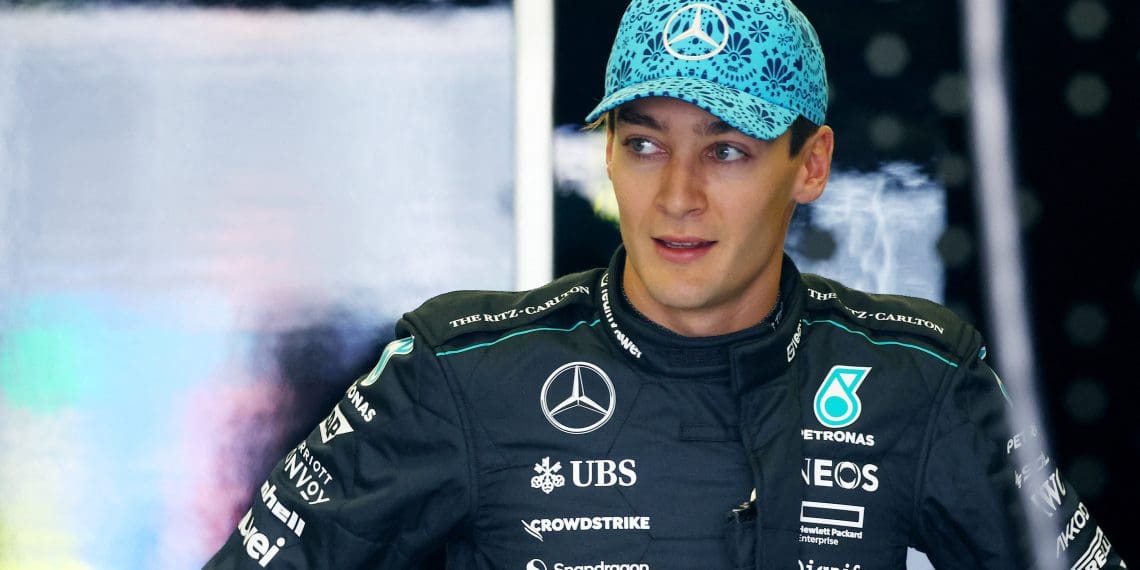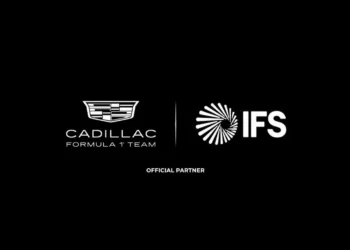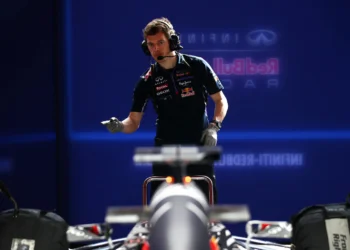As Formula 1 hurtles toward the seismic regulation changes of 2026, Mercedes driver George Russell has likened the challenge of early development to “digging for gold.” Despite the allure of gaining a competitive edge, Russell cautions that no amount of preparatory work guarantees success, drawing on past lessons from Formula 1’s ever-evolving landscape.
“2026: The New Frontier in F1”
The incoming 2026 regulations promise to upend the competitive order once again, requiring teams to juggle current performance with long-term innovation. Adding complexity to the task is the FIA’s wind tunnel and CFD testing ban, in place until 2025 to prevent well-funded teams from gaining a premature advantage.
For the sport’s frontrunners, this presents a dilemma: how much focus to allocate to chasing championships now versus investing in the unknown future of Formula 1.
“Lessons from the Past: Mercedes vs. Red Bull in 2021”
Russell pointed to the 2021 season as a cautionary tale for how early shifts in focus can fail to yield the desired results. Mercedes stopped developing its 2021 car early to prioritize the new regulations for 2022, even as it battled Red Bull for the championship. Despite their forward-thinking strategy, Mercedes started the 2022 season behind Red Bull, which had continued optimizing its car until the very end of 2021.
“If you look at 2021, Mercedes stopped developing for that year’s car and focused on the 2022 car very early. Whereas Red Bull continued to develop the 2021 car,” Russell explained. “By the end of that season, Mercedes were the quickest car. Then you went into 2022, and Red Bull were the quickest car.”
This historical precedent underscores the unpredictability of regulation changes and how early development doesn’t always translate to future dominance.
“The 2026 Gamble: Are Teams Digging in the Right Place?”
Russell described the current phase of 2026 development as akin to “digging for gold.” While teams may believe they’re laying the groundwork for future success, there’s no way of knowing if their efforts are aligned with the final requirements.
“It’s like digging, but you don’t know if you’re digging in the right places,” Russell remarked, highlighting the inherent uncertainty in long-term development before the regulations are fully understood.
The Briton believes that the biggest advancements will only come once the new cars hit the track in 2026, as real-world data trumps theoretical designs and simulations. “Ultimately, when you start and drive the car for the first time, that’s when people are going to start making the biggest gains,” he added.
“2024 and 2025: Balancing the Present and Future”
Teams face a delicate balancing act heading into the 2024 and 2025 seasons. While they must remain competitive under current regulations, they also need to prepare for the radically different technical landscape of 2026. For leading teams like Mercedes, Red Bull, and Ferrari, the stakes are particularly high as they weigh short-term championship aspirations against long-term dominance.
Russell hinted that Mercedes will assess its 2025 development approach early in the 2024 season to strike the right balance. “We’re going to have to assess, come the start of next year, how much you continue to develop the 2025 car,” he said.
“Uncertainty Defines the Road Ahead”
The transition to the 2026 regulations represents one of the most significant challenges in modern Formula 1 history. With the rules yet to be fully tested on-track, teams are navigating uncharted waters, making every decision a high-stakes gamble.
For Russell and Mercedes, the key to success will lie in adaptability, patience, and the ability to innovate under pressure. Whether they can strike gold in this new era of F1 remains to be seen.









